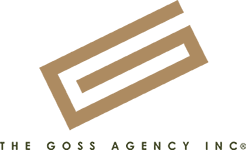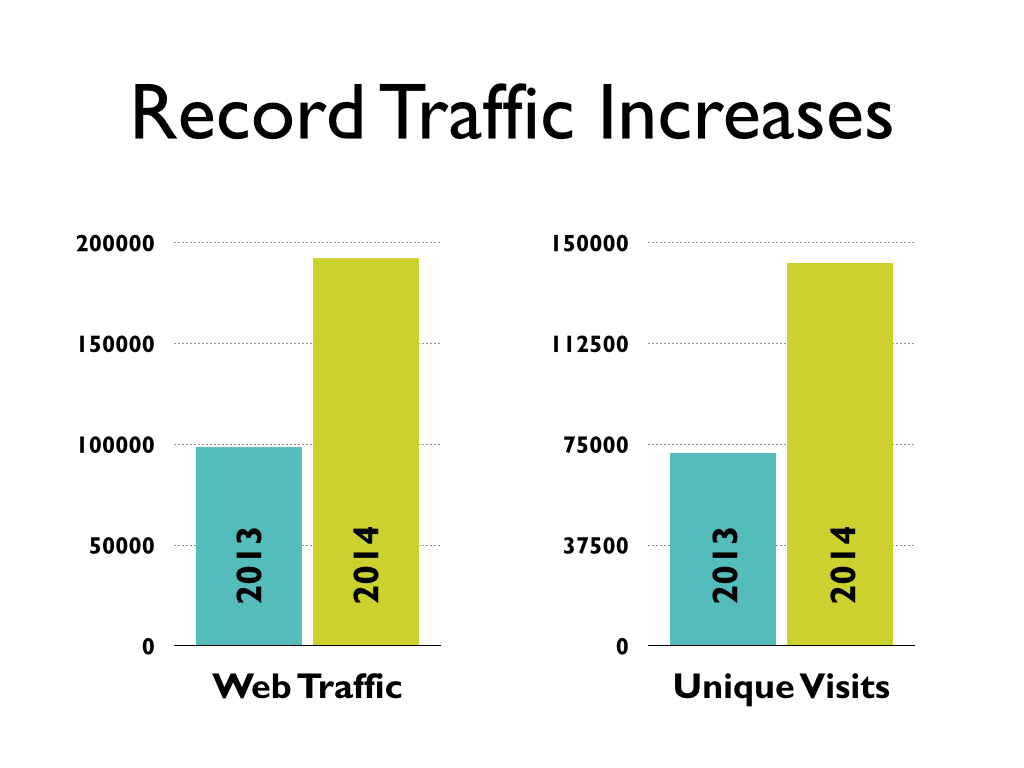by Scott Zeller
Plato once said, “A good decision is based on knowledge, and not on numbers.”
And for the most part, I agree. However, in the world of pay-per-click (PPC), a good decision is based on both knowledge AND numbers. Raw data is merely that, unless you have the knowledge to apply that data in the best way possible for your clients.
In a recent PPC campaign, TGA was brought in to help a client maximize exposure to its regional flagship brand, in the areas surrounding their retail locations throughout the southeast.
Goals:
- Increase website traffic
- Increase foot traffic into retail locations
- Educate the public about services and product offerings
- Grow aspirational customer base
In order to effectively achieve our goals, we researched the market, the tools, the products, and the competition. In addition, a successful campaign required an understanding of where the client was at, and where they wanted to go.
One of the biggest challenges in a PPC campaign is the ever-changing landscape of tools and data available. It can be very intimidating, because it can literally change overnight. The dynamic is driven by technology, with Google leading the way. Because they own nearly 70% of the search engine market, I recommend marrying yourself to Google and all of their products and offerings. At the same time, don’t ignore Bing and Yahoo, if they fit your targets.
Our Strategies:
- Target market favors the Google network by a large margin, so choosing the network was easy.
- Message was designed to creatively appeal to the client’s aspirational market.
- Vehicles were chosen based on lifestyle and importance: Google text ads, Google display ads, and YouTube pre-roll videos.
- Because the target market is a very busy, always on-the-go professional group, we wanted to focus heavily on mobile media. And the best way to reach the mobile audience is through display ads and videos. It paid off considerably, with over 80% of our reach coming via mobile devices.
- We used geotargeting to market to within roughly a half hour drive of each retail location.
- Our keyword research included a large selection of body and tail keywords to optimize conversions and minimize costs.
- Social media was also used to drive awareness and interest in the brand. Facebook was used as the primary tool, as it has the largest following within our target market.
Results (Year-To-Date):
- Online ads have reached over 13,000,000 potential and existing customers, with over 56,000 clicks through to the website
- Using a display-based strategy, with CTR and conversions holding steady, the average CPC was reduced to just $0.54 per click. Before this strategy was implemented, the CPC was averaging nearly $2.00 per click
- Traffic to the website is up nearly 200% (from 98,596 visits last year to 192,262 visits this year (Jan.-August); number of unique visitors has also doubled (from 71,969 last year to 142,402 this year)
- Conversions are up 66% versus last year
- Social interaction (Facebook “likes, shares) up 134% versus last year
Conclusion
So when managing your PPC campaigns, remember to pay attention to the numbers. Watch for trends and patterns in the data, so you can be opportunistic in the moment. This is especially important in search engine marketing.
And finally, listen to Plato. Do your homework, so you have the best knowledge, tools, applications, strategies and tactics available to make the best decisions for your client the minute that opportunity comes knocking.


